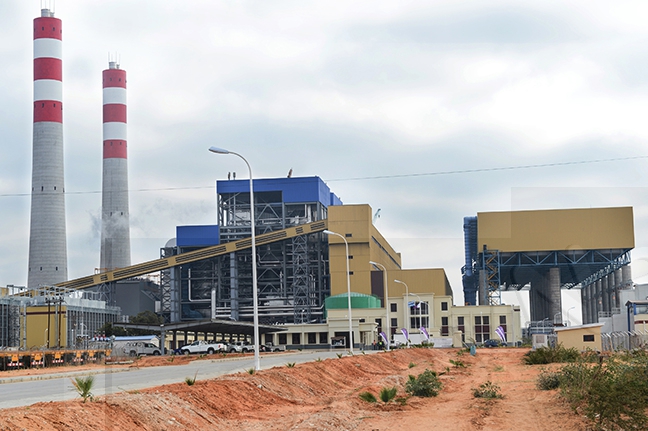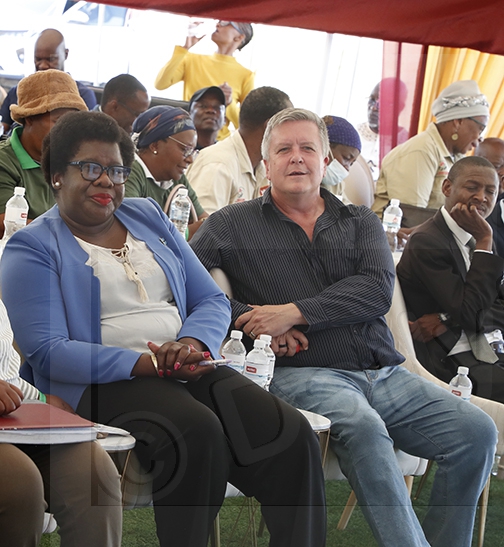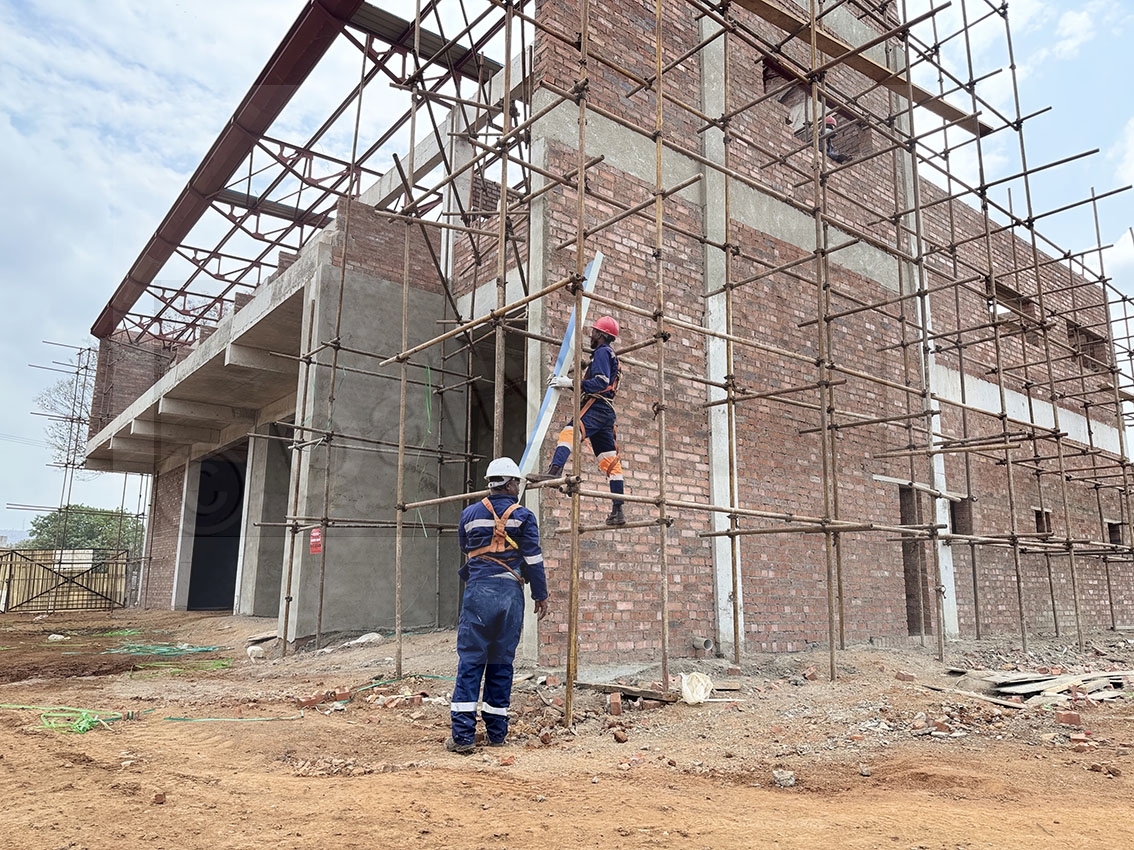Economic growth slows down to 2.7 per cent in 2023
20 Jun 2024
Economic growth, as measured through real GDP, slowed down to 2.7 per cent in 2023, down from 5.5 per cent recorded in 2022, Bank of Botswana Director, Research and Financial Stability, Mr Innocent Molalapata has said.
Briefing the media on the 2023 Economic Development in Gaborone on Tuesday, Mr Molalapata said the slowdown was due to the unfavourable global economic conditions, geopolitical events as well as domestic structural constraints.
He said the mining output grew by 3.1 per cent compared to 7.6 per cent in 2022, citing that non mining GDP expanded by 2.6 per cent in 2023 matched to 4.9 per cent in 2022.
Mr Molalapata noted that water and electricity sectors contracted by 16.9 per cent and this was mainly due to operational challenges realised at Morupule B power station, especially in the second half of the year.
Over the last 10 years the annual rates of economic growth have been generally endemic, while the 10-year growth profile was similar for both mining and non-mining components, he said, adding that mining exhibited higher volatility throughout the period under review.
Mr Molalapata said this demonstrated the country’s vulnerability to external developments, with demand for diamonds depended on economies of importing countries.
If the economies were not doing well, there would be a contraction in the mining sector and vice versa.
He said while global developments had significant influence on domestic economic performance, it was also notable that lower and modest economic activity occurred despite economic transformation drive and resultant commitment of resources and policy initiatives as well as the largely accommodative monetary policy.
Therefore, Mr Molalapata said this called for concerted efforts to accelerate traction of transformation initiatives and impact of resource commitments.
He said the attainment of a high income economy over the next 12 years would require an average annual growth of 6.7 per cent, and to achieve this real GDP needed to grow from P203 billion in 2023 to around P473 billion in 2036.
Mr Molalapata said the 6.7 per cent which was required was actually higher than the six per cent calculated previously and this was indicative of the country’s inability to grow by the requisite growth rates in the past few years.
Notably, he said, going forward the country would need to grow by an annual average of 6.7 per cent. With regard to inflation, Mr Molalapata said inflation decreased significantly from an average of 12.1 per cent in 2022, to 5.2 per cent in 2023.
The decrease was due to the reduction in domestic fuel prices in 2023, subdued domestic demand, decrease in trading partner countries’ inflation, as well as higher appreciation of the Pula against the South African Rand, he said.
Regarding core inflation, which was a measure that excluded certain items known for their volatility and those that were controlled by the government, Mr Molalapata said the measure provided a clear view of underlying inflation trends.
He said this was by filtering short term price fluctuations and the 16 per cent trimmed mean-inflation excluded the most extreme changes in prices.
This core inflation declined from an average of 10.2 per cent in 2022 to 5.1 per cent in 2023 while inflation excluding administered prices controlled by the government (fuel prices, electricity and water tariffs) decreased from an average of 7.3 per cent to 6.7 per cent in 2023, he said.
Mr Molalapata said core inflation would generally be low in 2024, with trimmed mean inflation at 2.8 per cent and inflation including administered prices at 3 per cent in May 2024.
Meanwhile, Bank of Botswana, Director Financial Markets, Mr Lesego Moseki said with the main sources of foreign exchange reserves being exports, mainly diamonds, the national reserves had declined from the historical high levels.
Therefore, Mr Moseki said as a country there was a need to broaden the economic base to have sufficient levels of foreign exchange reserves to meet the demands for foreign exchange by different sectors of the economy.
In terms of the uses, he said the bank had managed the exchange rate that required that the Bank maintained sufficient level of foreign exchange reserves to support the currency.
He said reserves also protected the economy from shocks as well as underpin the country’s sovereign credit rate, citing that already Botswana was rated the highest in the sub-Saharan region.
Mr Moseki said the rating helped the country especially when it wanted to borrow from external or international markets.
He further said that the foreign exchange reserves were also savings for future generations through the Pula Fund and the reason to maintain their growth was so that the country did not deplete the diamond receipts needed for future generations. Ends
Source : BOPA
Author : Marvin Motlhabane
Location : Gaborone
Event : Press Brief
Date : 20 Jun 2024






